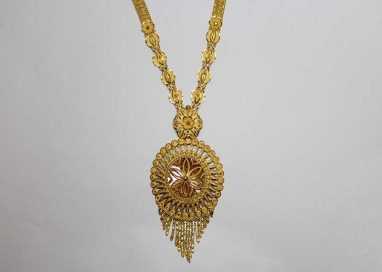Evaluating and Selecting Tahitian Pearl Jewellery Made Easy By This In-Depth Guide

The naturally dark coloured Tahitian pearls are exotic in every way. They get the name from Tahiti Island – from where these pearls are exported. They are cultivated in French Polynesia which is a set of islands attached to France. Though they are referred as ‘Black Tahitian’ pearls, they aren’t actually black in colour. They are never truly black but have dark undertones.
Pearl Size: The size of a pearl is one of the important factors whilst gauging its value in the market. They range from 8 to 18mm with the average diameter being 13mm. The ones larger than 16mm are very rare and more expensive. Check online for the various options available.
Pearl shape: They come in 8 shapes – perfectly round, semi-round, button, drop, pear, oval, baroque and ring. The perfectly round ones being the market’s favourite are expensive and have limited supply adding to its value. While these round ones symbolise traditional elegance, the baroque pearls are a fun and artistic alternative and are less expensive.
Pearl colour: They are available in different shades of grey. Due to its diversity, they have naturally high value. The most expensive ones are of dark green colour with peacock overtone. They come in an assortment of overtones like:
- Pistachio Green
- Gold Orange
- Blue
- Parchment
- Steel grey
- Pale silver
- Eggplant Purple
- Gold
- Chocolate
The higher price of Tahitian pearls accounts to the higher amount of effort, time and cost involved to cultivate it. If the nacre thickness is less than 0.8mm, the nuclei are either recycled or the pearls are destroyed.
These ravishing looking pearls are graded from A to D. Grade A which is the equivalent of AAA is of highest quality with less than 10% blemishes and imperfections. Grade B which is AA+ equivalent is 70-80% free of blemishes with high/medium lustre. Grade C is the equivalent to A/AA. With average lustre and 60% free of blemishes, they are still attractive. The D graded ones are dull and not exported.
Some pearls with 30% blemishes have an intense colour, making the blemishes hardly visible. The trick to select an ideal Tahitian pearl is balancing its beauty with quality.























